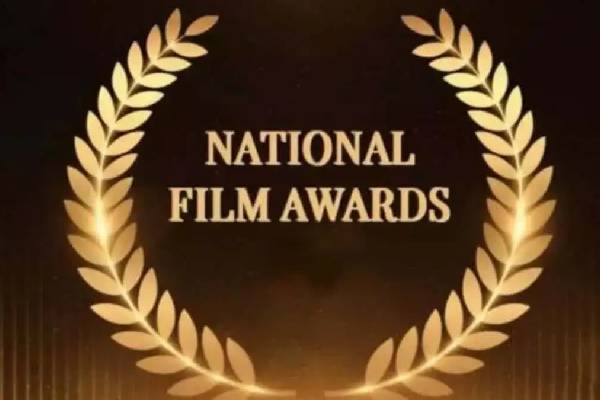
Yet another storage possibility for our futures could be unlocked by what some would call a best friend: diamonds.
Scientists with the City University of New York (CUNY) have managed to write data for storage (and, later, retrieval) by leveraging the small nitrogen defects in diamonds’ atomic structure as “color centers.” The technique, published in Nature Nanotechnologyallows multiple bytes of data to be written into the same nitrogen defect by encoding it in multiple light frequencies (i.e., colors) — and this can be done without jumbling up the informational content.
Common laser-based techniques for engraving/flipping informational bits usually bump against what’s known as the diffraction limit, or the minimum area a laser beam can be focused to. This is part of the reason why Blu-Ray technology does, in fact, use blue laser technology: Blue light has a shorter wavelength than does red, so more bits of information can be written in the same space. Since blue strands are finer, you can print four of them in the same space you would need for two red strands — automatically increasing storage density per area.
What the scientists are showcasing goes beyond this, however. They demonstrated how you can print in multiple colors (within each color’s appropriate diffraction limit) in the same nitrogen defect, which means that you can have as many bits built out of an atom as the colors you can individually program it with.
“It means that we can store many different images at the same place in the diamond by using a laser of a slightly different color to store different information into different atoms in the same microscopic spots,” said Tom Delord, postdoctoral research associate at CCNY and co-author of the study. “If this method can be applied to other materials or at room temperature, it could find its way to computing applications requiring high-capacity storage.”
Perhaps the best way to picture this is to visualize a glass filled with water, where each colored pass of the laser drops a small red, blue, or green inklet toward the available space (our nitrogen defects and the water inside our cup). The colors being different means they have different densities, and that the contents of the green droplet (a bit set to 0, let’s say) can be separated from the contents of the red droplet (a bit set to 1). Each other color you have increases the amount of information encoded within this system — so long as you can separate the different frequencies/densities when you want to read/extract the contents. What’s impressive is that all of these information layers can occupy the same physical space — increasing storage density — without interfering with each other.
“What we did was control the electrical charge of these color centers very precisely using a narrow-band laser and cryogenic conditions,” added Delord. “This new approach allowed us to essentially write and read tiny bits of data at a much finer level than previously possible, down to a single atom.”
The researchers demonstrated how their technology could imprint 12 different images (at 12 distinct frequencies) in the same nitrogen defect, achieving a data density of 25GB per square inch. That’s around the same 25GB of information an entire Blu-Ray disc can hold in a single layer of its 12 centimeters (43⁄4 inches) in diameter.
Also, the technology is non-destructive: information isn’t engraved, it’s encoded into precisely-charged atoms — within precisely-defined nitrogen defects within said atoms. It’s like lighting up small bubbles within a diamond. Information can then be extracted from those bubbles of lighting, read, extracted, and re-encoded, over and over again. Diamonds are forever, it seems (but perhaps not in all ways that matter).
“By tuning the beam to slightly shifted wavelengths, it can be kept at the same physical location but interact with different color centers to selectively change their charges — that is to write data with sub-diffraction resolution,” said Monge, a postdoctoral fellow and PhD at CCNY involved in the study.
Theoretically, usage of diamond-storage technology such as the one implied in this research could leads us down a path where a diamond really is one’s best-friend: a personal treasure passed down through generations, with secret messages (or secret riches) encoded in tiny bundles of light. A personally-carriable storage medium for information that could be offered and/or traded in marriage.
That’s far, far down the road for this technology, but the team is confident they can do away with the (for now) required cryogenic cooling in operating these color centers. They’re confident their technology can one day occur at room temperature, and that it could one day lead to increased storage capacity at lower energy cost.






